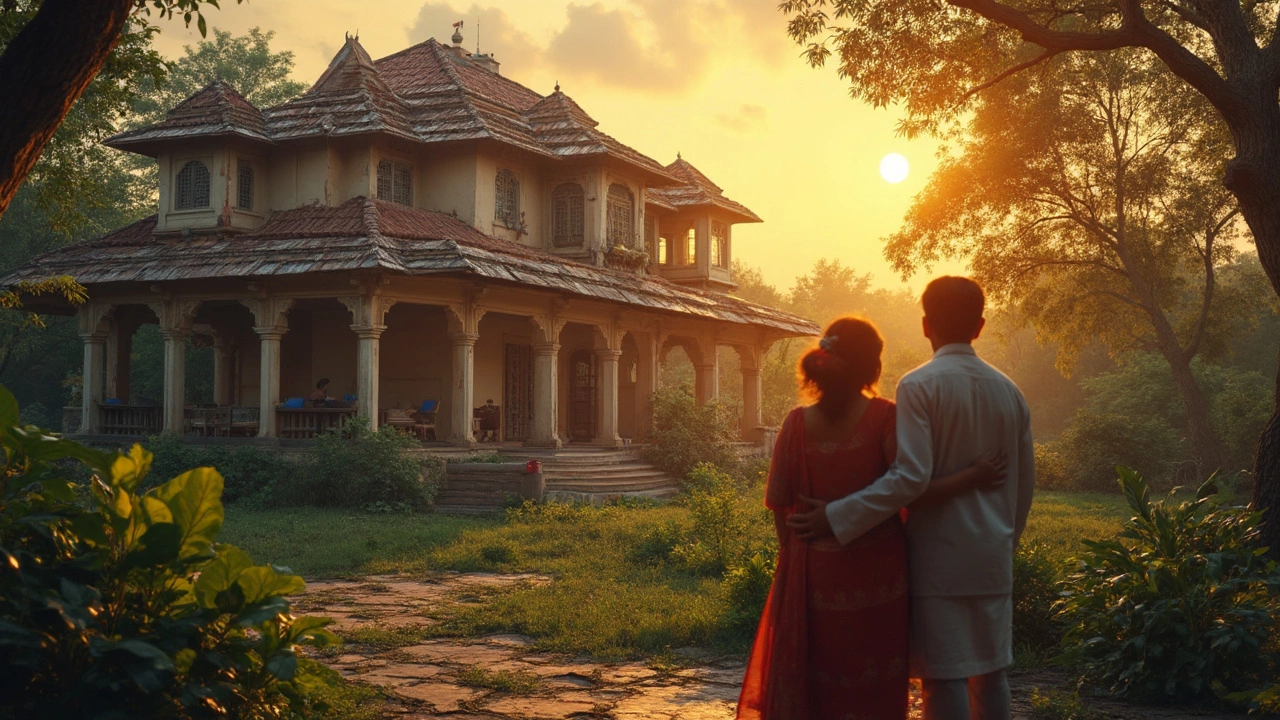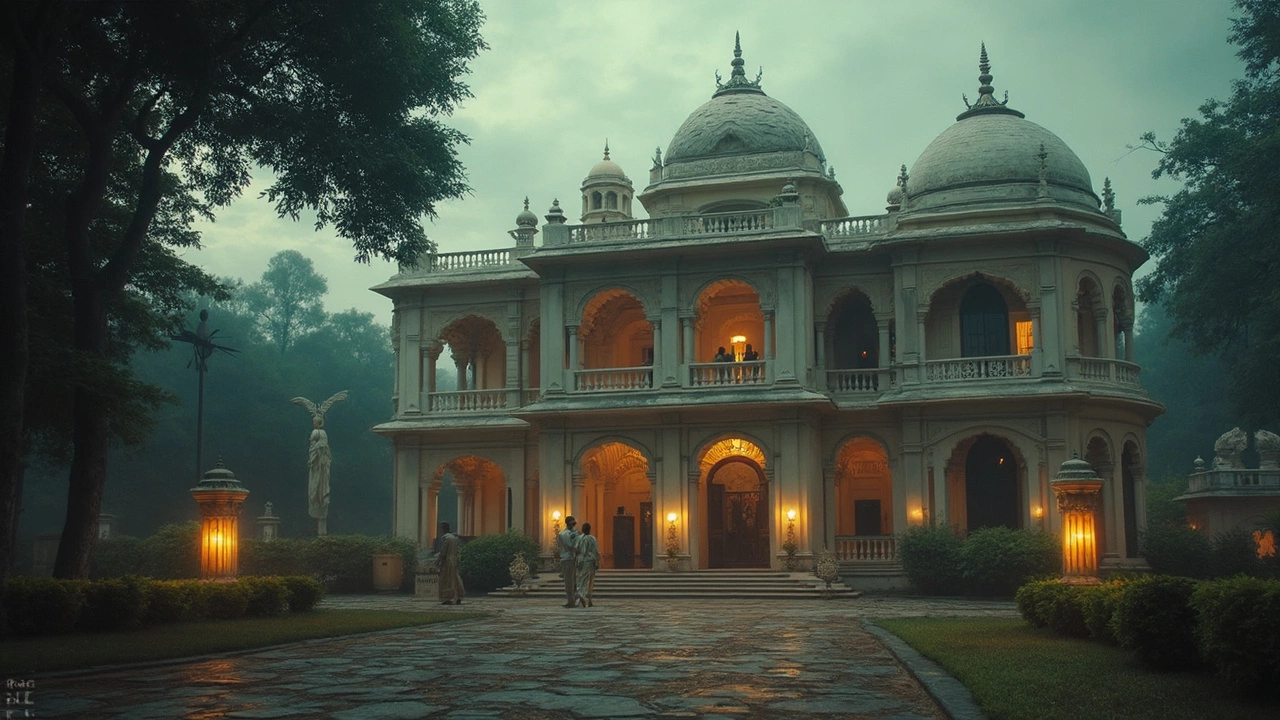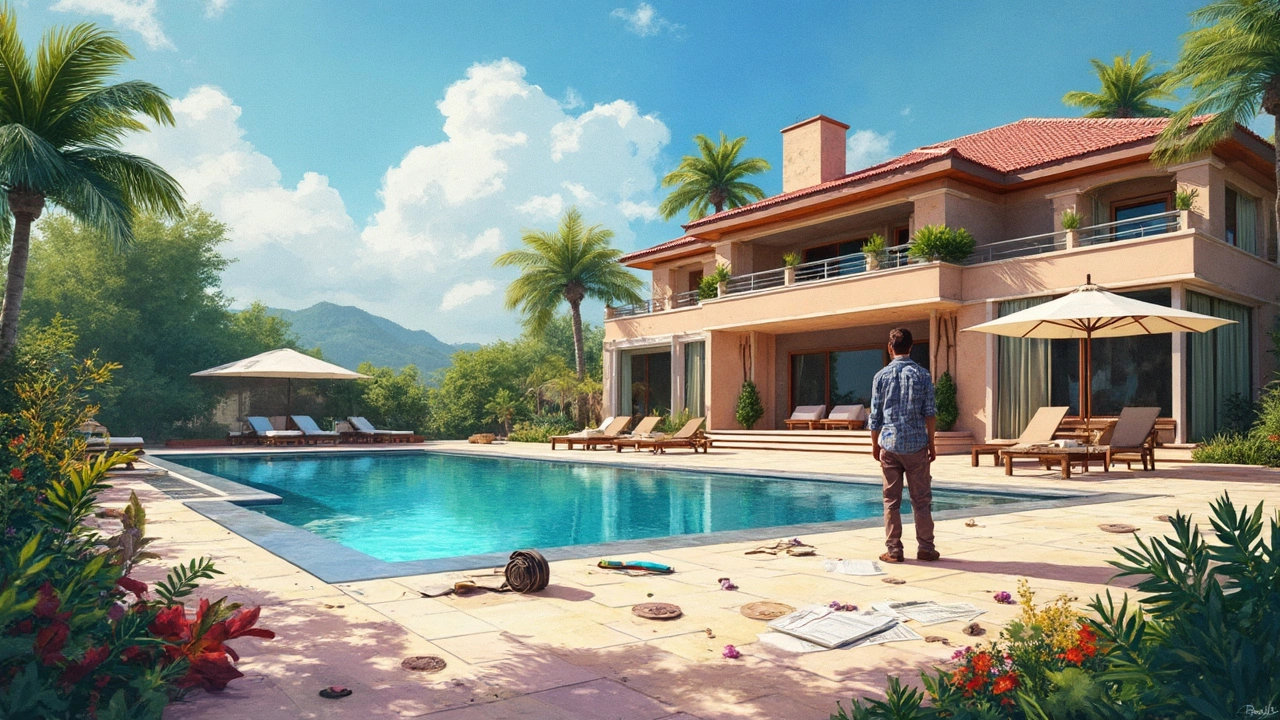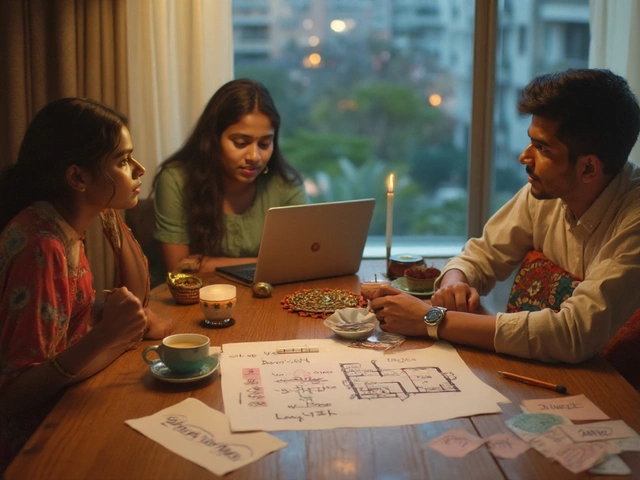Villa Living: The Hidden Disadvantages You Should Know Before Buying

Ever strolled past a gleaming villa and pictured yourself living inside, drifting along that big tiled hallway, the morning sun streaming in through floor-to-ceiling windows? It’s easy to get swept up in the dream. But behind those palm-lined driveways and Instagram-worthy pools lurk a few major headaches that don’t fit the glossy brochure. Not trying to rain on anyone’s parade—just being real. Villas have a certain allure, no question. Yet, if you scratch beneath the surface, the drawbacks can be major enough to make even diehard dreamers pause. There’s stuff you probably haven’t even considered, stuff that comes with a hefty price tag, both in money and time. It’s worth weighing what you might be trading just for that extra space or sense of privacy.
The Cost Factor: More Than Just a Price Tag
You might think the biggest hurdle to living in a villa is affording the sticker price—often stretching into the millions, especially in popular spots like Auckland’s Remuera and Mission Bay. Here’s the thing: that’s just the beginning. You can thank annual property rates, which in villa-heavy suburbs can top $10,000 NZD, making that initial mortgage only part of the bite. From insurance (expect double the premium of a standard house unless you live in a locked-down gated community) to all those hidden costs, it’s easy to lose count. Let’s put it in bullet points just to see how the numbers stack up:
- Higher council rates: Villas are built on bigger sections. Bigger land, much bigger bills.
- Insurance premiums: Character homes often mean higher risk and restoration costs after damage.
- Renovation and modern upgrades: If your villa is older, you’re likely spending tens of thousands to fix roofs, plumbing, wiring—not to mention repainting and earthquake strengthening if it’s a classic Kiwi villa.
- Heating and cooling: Big, open spaces and high ceilings look stunning but are tough (and expensive) to warm up or cool down. Data from EECA New Zealand shows that heating a villa costs around 35% more per square metre than newer, insulated homes.
- Pool and garden maintenance: Dreaming of a lush garden and glistening pool? Now think of the weekly professional services they demand, adding another $5,000-$8,000 a year.
If you were hoping to run a tight ship, villas may toss your financial plans out the window. I talked to a couple in Herne Bay who said their annual upkeep costs nearly matched the price of a compact car. And if you’re renting it out when you travel? Expect gaps between tenants because the pool of people who can afford villa rents is small and, well, picky. Here’s a simple table to break down some average annual costs for Auckland villas:
| Expense | Estimated Annual Cost (NZD) |
|---|---|
| Rates | $10,500 |
| Insurance | $4,800 |
| Heating/Cooling | $4,200 |
| Pool & Garden Maintenance | $6,500 |
| General Repairs | $7,300 |
| Total | $33,300 |
So yeah, owning a villa isn’t just for people with deep pockets—it’s for people with deep patience, too, who don’t mind the extra headaches when the inevitable costs pop up every year.

Security, Privacy, and the Risk Factor
Villas tend to sit on bigger, more isolated plots. Sounds great for privacy, right? But ask anyone in the local Neighbourly group, and they’ll tell you those big yards and winding drives often attract unwanted attention. Real estate agents in Auckland say villa break-ins are up to three times higher than neighboring townhouses, simply because it’s clear there’s more to take, and privacy can actually make it easier for someone to slip onto the property unnoticed.
Security systems help, but for a genuine sense of safety, you’ll need to go a few steps further—a network of cameras, smart lighting, high gates, and even patrol services (which can run $2,500+ per year in certain Auckland suburbs). All that tech is pricey, and insurance companies sometimes require it just to cover you at standard rates because villa theft claims are so common.
Lots of us crave big fences, gardens, and no nosy neighbors, but there’s a trade-off: isolation can be a problem if you have kids or elderly parents around. If anyone needs help in a hurry, response times might be slower since villas often sit further from the main road or tucked down winding lanes. For elderly villa owners, a fall or a sudden health issue could become a major emergency. And the privacy issue swings both ways. That huge garden can block your view, but it also blocks a neighbor from seeing if there’s trouble, like a fire by the back sheds or a car theft out front. You may not mind, but it’s something most people don’t factor in when daydreaming about villa life.
Don’t forget noise. Think a big property means peace and quiet? Not if there are 30 houses in the next street hosting parties, or construction drilling away on new builds behind your back hedge. Sound travels across open spaces way more than you think. And if you’re close to busy spots—say, anywhere near Mission Bay Beach or a main highway—traffic and party noise can fill that big house, bouncing off all those hard surfaces until you may wish for the solid, muffling walls of a basic apartment again.
Tip: If neighborhood security or social connection matters to you, consider villa communities or areas with established Neighbourhood Watch schemes. Talk to your local community Facebook group for the down-low on which streets are safest and which have regular issues.

Maintenance, Upkeep, and the Less Glamorous Side of Villa Life
Let’s get honest about something: owning a villa eats spare time like you wouldn’t believe. The roofs are bigger, the gutters are longer, the painting takes ages, and the landscaping? You’ll either be at the mercy of weeds or forking out for a full-time gardener. Character features like decorative moldings and high ceilings mean everything costs more to fix, and good luck finding a tradie who specializes in restoring period woodwork—they’re usually booked months ahead.
Classic villas in New Zealand famously use native timbers, which look gorgeous but are prone to borer and rot. Auckland’s humid winters are rough on wood. You’ll find yourself constantly battling flaking paint, damp window sills, squeaky doors, and swollen floorboards, especially after a week of heavy rain. If your dream includes original kauri floorboards, keep in mind those need specialized refinishing every few years. Just polishing a large villa’s floors can run over $3,000 a pop.
Here’s another fun fact: most villas built before the 1970s have poor insulation. Single-glazed windows are common, sucking out heat in winter and letting in too much sun in summer. Swapping those out for modern, thermally broken double glazing is not a small job—it’s a major renovation, often requiring approval from heritage groups. Even routine tasks like mowing, pruning, or fixing a broken window demand more time, tools, or pro help compared to regular compact homes.
Tradies often groan when they see a villa address, because you never know what you’re going to find under those boards. One leaking pipe can spiral into a full bathroom re-do. Replacing roofing iron or repairing chimneys stacked to classic villa heights comes with scaffolding bills that dwarf what you’d pay on a basic bungalow.
If the villa’s on a slope or in a coastal location, you’re up for even more fun—think retaining walls, flood management (especially if you’re near Tamaki Drive), and dealing with spring tides. Recent Auckland Council surveys found that owners of older character homes in eastern suburbs spent 45% more on weather-related repairs compared to owners of modern builds. And it’s easy to forget how those wide verandas, wrap-around decks, and French doors feel like extra rooms—until it’s time to re-stain, repaint, or replace rotting rails. Some folks love the process, but for most, it turns into a never-ending to-do list, eating up weekends and draining the wallet. If your lifestyle is busy or you travel a lot, villa upkeep can become a serious burden very fast.
So, is villa living right for you? For some, it’s worth all the expense and hassle, an ongoing project with endless rewards. For plenty of others, the hidden realities—costs, upkeep, security worries—are enough to send them looking for something more manageable. One thing’s for sure: a villa isn’t just a house. It’s a commitment, and once you sign up, you’ll realise the dream comes with a lot more strings than you might expect.







Write a comment